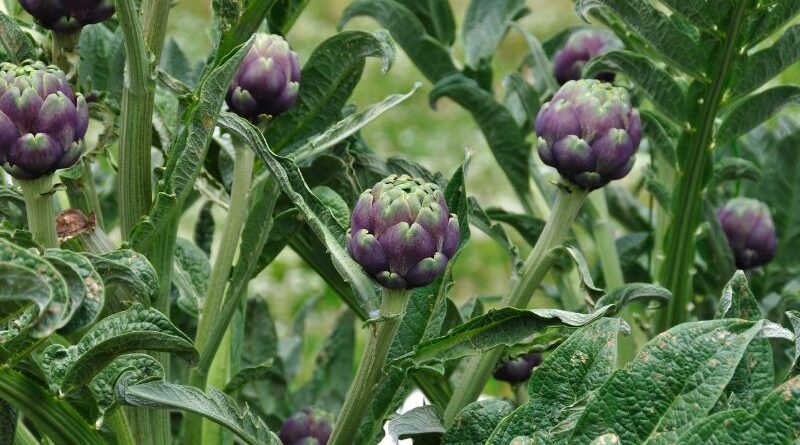In this article, we’ll explore the world of perennial vegetables, an often-overlooked category of plants that can provide a continuous harvest year after year. We’ll discuss their benefits, top varieties, growing tips, and more.
What are perennial vegetables?
Perennial vegetables are plants that live for more than two years, unlike annuals which need to be replanted each year. These hardy plants have deep roots and can survive harsh conditions, making them a sustainable and low-maintenance option for home gardeners.
Benefits of growing perennial vegetables:
- Sustainability: Perennial vegetables require less water, fertilizer, and energy compared to annuals, reducing your environmental footprint.
- Cost-effectiveness: Once established, perennial vegetables provide a reliable source of food without the need to purchase seeds or seedlings every year.
- Soil health: Their deep root systems help improve soil structure and prevent erosion.
- Continuous harvest: With proper care, perennial vegetables can produce yields for many years, providing a steady supply of fresh produce.
Top 7 perennial vegetables:
Asparagus:
Asparagus is a delicious and nutritious vegetable that can thrive for decades with proper care. It’s packed with vitamins and minerals and can be enjoyed fresh or cooked in various dishes.
Rhubarb:
Rhubarb is a tart and tangy perennial vegetable often used in desserts and jams. It’s easy to grow and adds a unique flavor to recipes.
Artichokes:
Artichokes are a gourmet delicacy known for their tender hearts and nutty flavor. They require a longer growing season but can produce abundant harvests in the right conditions.
Kale:
Kale is a superfood packed with vitamins, minerals, and antioxidants. It’s incredibly resilient and can withstand frost, making it an ideal choice for cold climates.
Chives:
Chives are a versatile herb that adds a mild onion flavor to dishes. They’re easy to grow and can be harvested year-round for fresh flavor in salads, soups, and more.
Sorrel:
Sorrel is a tangy and lemony herb that adds a refreshing zing to salads and sauces. It’s tolerant of shade and can be grown in containers or garden beds.
Horseradish:
Horseradish is a pungent root vegetable commonly used as a condiment or seasoning. It’s hardy and vigorous, making it well-suited for home gardens.
How to grow perennial vegetables:
Choosing the right location:
Most perennial vegetables prefer full sun and well-drained soil. Select a site with good air circulation and minimal competition from weeds.
Soil preparation:
Before planting, amend the soil with compost or organic matter to improve fertility and drainage. Test the soil pH and make adjustments as needed.
Planting techniques:
Plant perennial vegetables according to their specific requirements for spacing and depth. Water thoroughly after planting and mulch to conserve moisture and suppress weeds.
Maintenance tips:
Provide adequate water and nutrients throughout the growing season, and protect plants from pests and diseases. Prune as needed to promote healthy growth and increase yields.
Harvesting and storing perennial vegetables:
Harvest perennial vegetables when they reach maturity, usually when the leaves or stems are tender and flavorful. Store them in a cool, dry place or preserve them by freezing, drying, or pickling.
Conclusion:
Perennial vegetables offer a sustainable and rewarding way to grow your own food year after year. By choosing the right varieties and providing proper care, you can enjoy a bountiful harvest with minimal effort. Experiment with different crops and techniques to discover which ones thrive in your garden.







